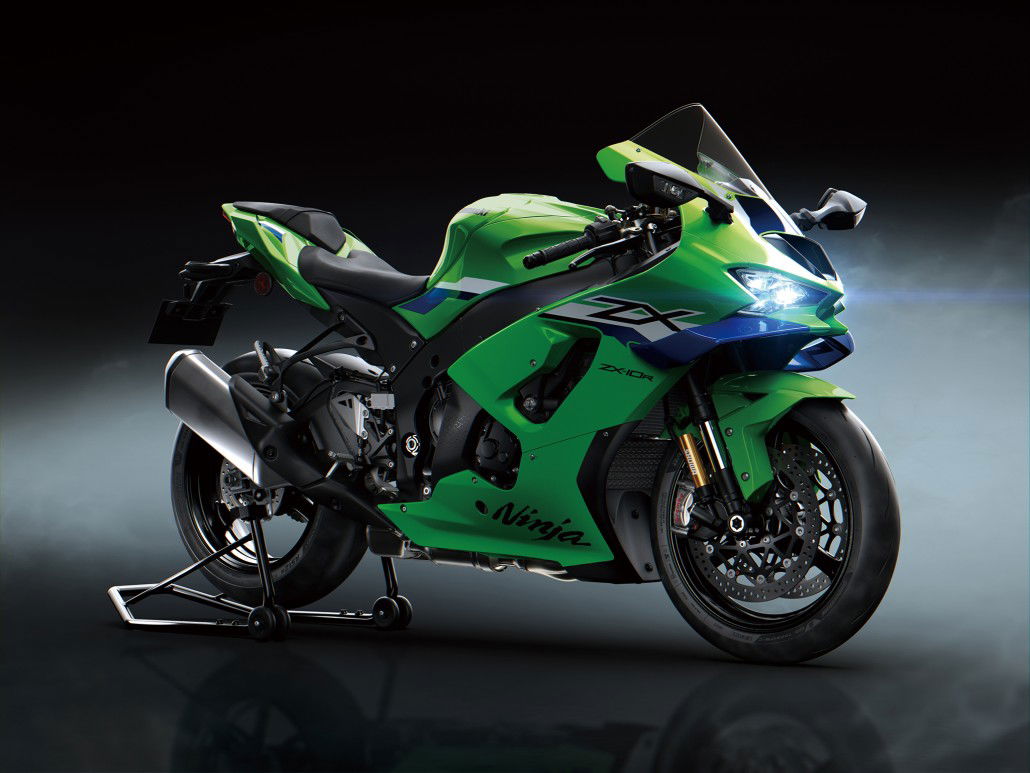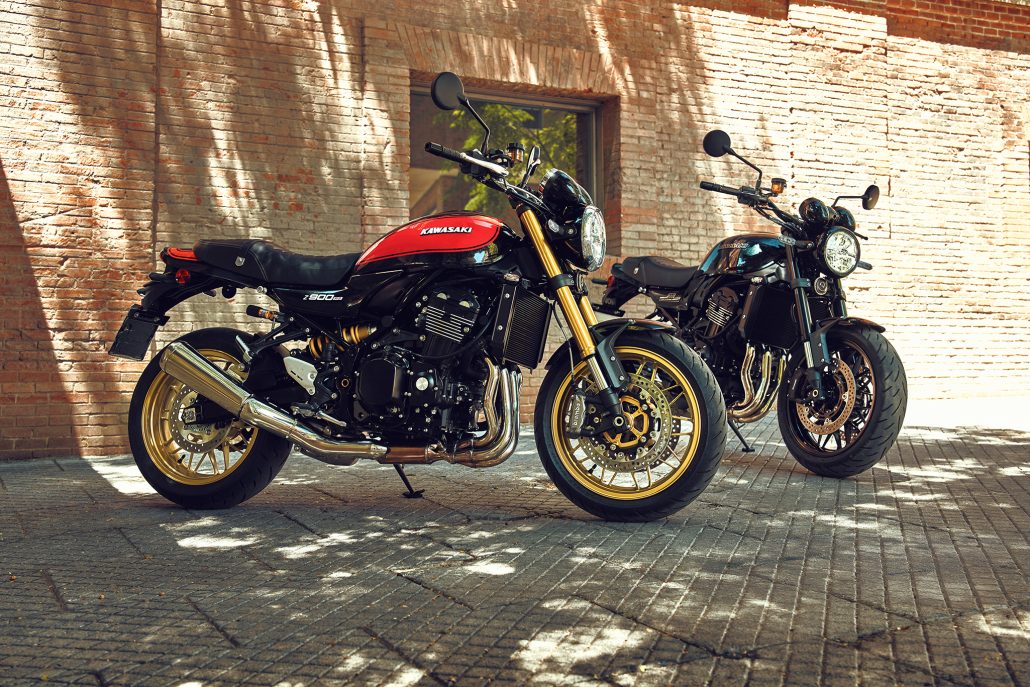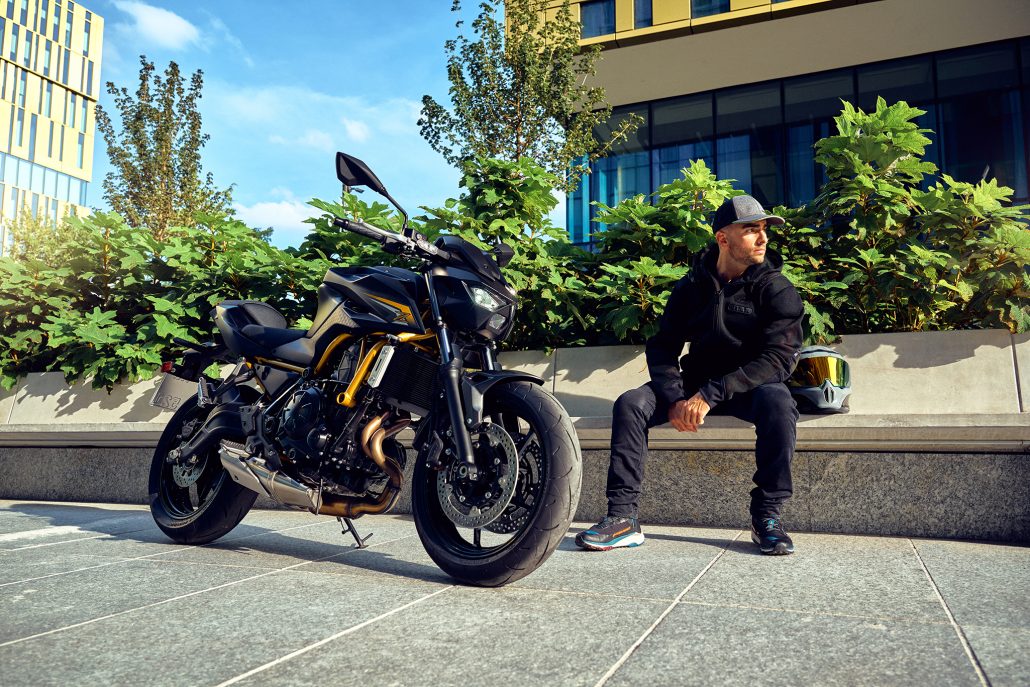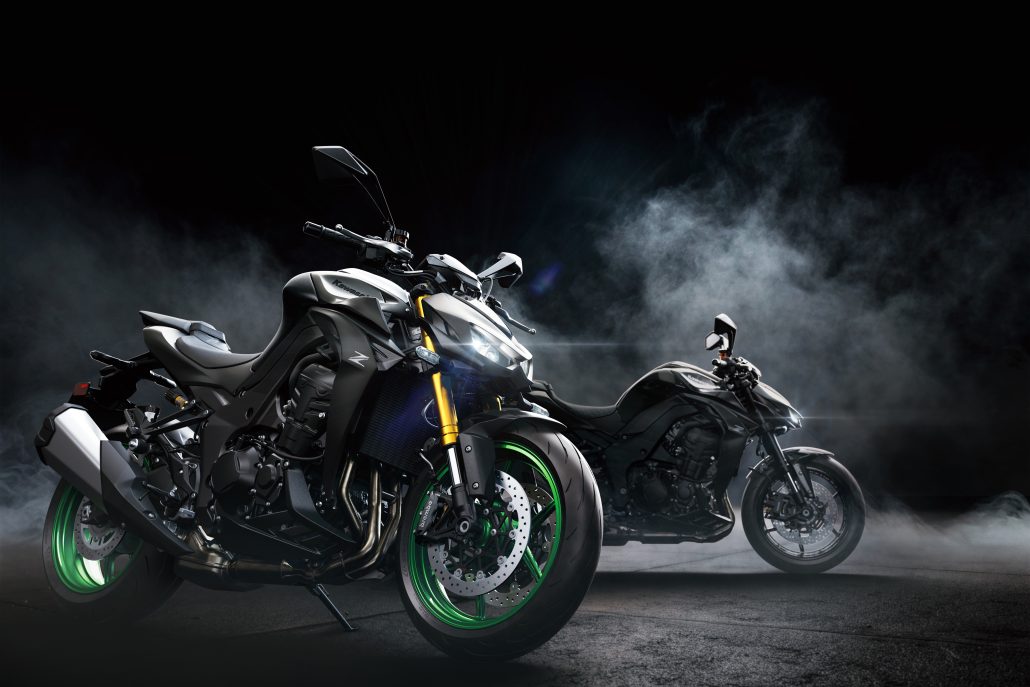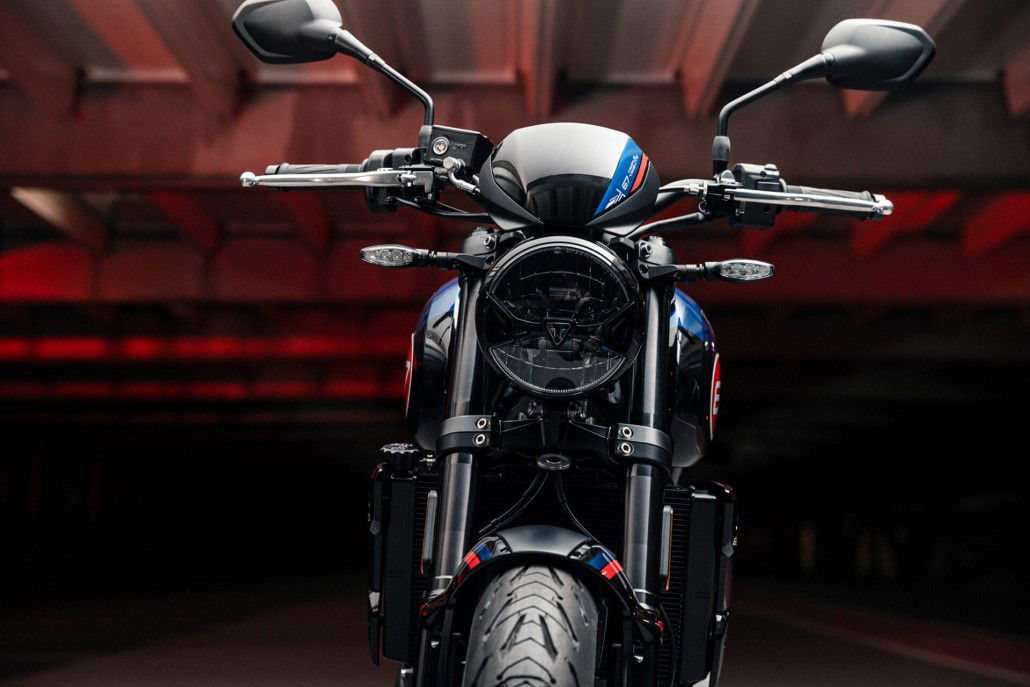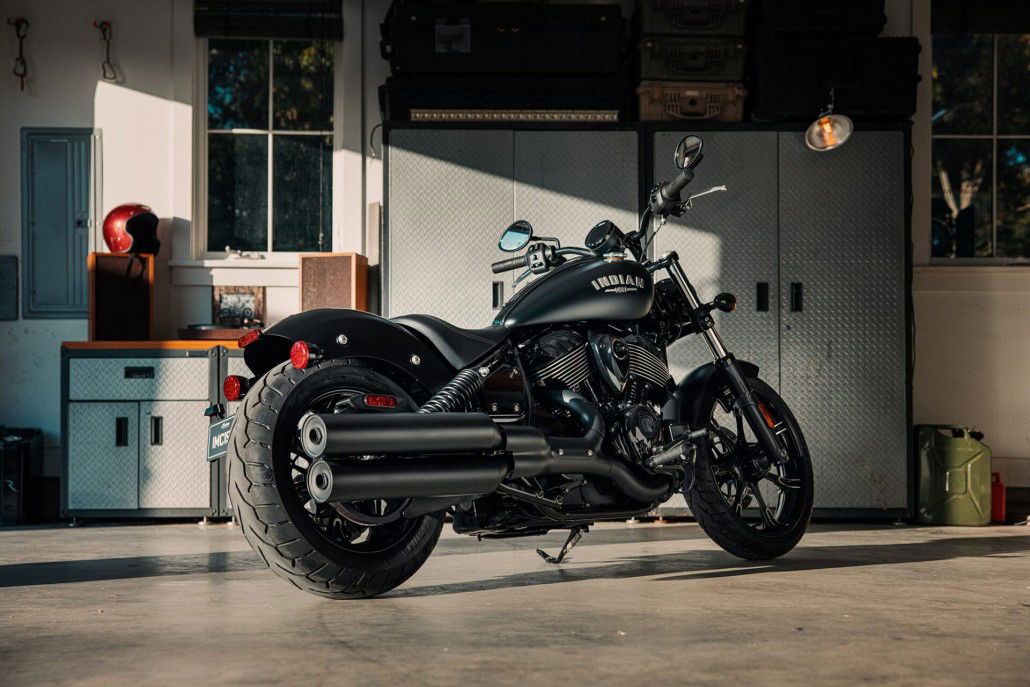Kawasaki is launching a new ninja model, the Ninja 400. It is the successor to the Ninja 300 and promises full-bodied “built for the road, inspired by the circuit”. Whether or not it can keep this sporting promise now.
Kawasaki Ninja 400 – everyday Sportsman or small Superbike
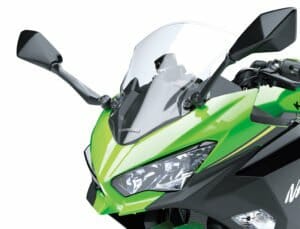 [sam id=”2″ codes=”true”]Like the 300s, the upcoming 400s were not only designed for performance, but the emphasis was also placed on saving weight. The result was a total weight of 168 kg, which saved 6 kg compared to the small sister.
[sam id=”2″ codes=”true”]Like the 300s, the upcoming 400s were not only designed for performance, but the emphasis was also placed on saving weight. The result was a total weight of 168 kg, which saved 6 kg compared to the small sister.
Pure optics have been oriented to the great sisters ZX-10R and H2. In order to strengthen the sporty look, it got the color scheme of the Kawasaki Racing Team’s motorcycle from the World Superbike and therefore the Superbike of World Champion Jonathan Rea.
So far, all this sounds promising. To find out if the Ninja 400 really is a small supersporter and is thus worthy of its original ancestor of the ZXR-400, we must take a look at the data.
Performance Data
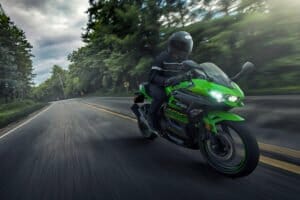
The engine is a parallel twin and has 399 cc. It has a power of 45 hp. In addition to the larger displacement, a larger airbox is also used. The additional power compared to the 300 is to be used for a driver-friendly character. This means that in the lower and middle speed range, more power is now applied and this is gently unfolded.
The engine has been completely redesigned and comes in spite of the additional power to the size and weight of the 250cc engine of the Ninja 250 from 2013-2017 or is not larger or heavier.
The Frame and Chassis
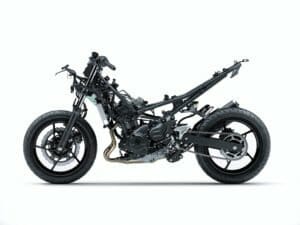
The new frame resembles that of the Ninja H2. Optimum stiffness at low weight should be ensured. The engine is a supporting part of the frame, the rocker is attached directly to it. A telescopic fork with a diameter of 41mm is installed. It is not adjustable.
The Brakes
At the front is a 310mm brake disk installed, at the rear it has 220 mm. Of course, is braked with ABS, by the EURO 4 standard which is also mandatory for new vehicles in Europe.
Equipment
The headlights used LEDs. The cockpit comes from the Ninja 650 and features gear indicator, digital tachometer, analog speedometer, odometer, double day meter, remaining range, current and average fuel consumption, outdoor temperature indicator, coolant temperature display and clock. However, the shifting light is missing here.
There will be two color variants, Lime Green and Metallic Spark Black.
Kawasaki Ninja 400 – Price and Availability
The little ninja will cost just under € 6,000 and be in stores from February 2018th
[amazon box=”B01MYFSTGY”]
The Data of the Kawasaki Ninja 400
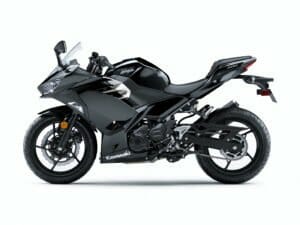
Engine:
- Liquid-cooled 4-stroke parallel twin
- 399 cc
- Bore and stroke: 70.0 x 51.8 mm
- Power: 45 hp at 10,000 rpm, 38 Nm at 8,000 rpm
- 6 speed transmission
- Telescopic fork with 41mm diameter, not adjustable
- Spring leg with adjustable spring preload
- Brakes: Front brake disc with 310 mm diameter, rear 220mm, ABS
- Tire size: Front 110/70 17 inches, Rear 150/60 17 inches
Dimensions:
- Length 1.990 mm
- Width 710 mm
- Height 1,120 mm
- Wheelbase 1.370 mm
- Ground clearance 140 mm
- Seat height 785 mm
- Weight 168 kg ready for operation
Conclusion
A sporty look has the new 400s in any case, even if genuine sporting genes are missing. Overall, the bike is designed for everyday use on the road, which can be seen on the higher handlebar, the resulting comfortable seat position, the missing adjustment possibilities at the fork, only one brake disc and so on. For a sporting round, it will certainly be good, but unfortunately you can not compare it with the ancestor ZXR-400. – and although the addition Ninja has been denied to the small supersporter of that time.







